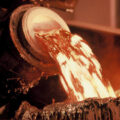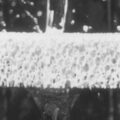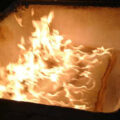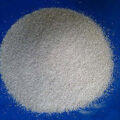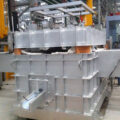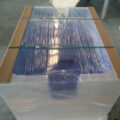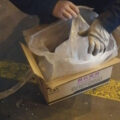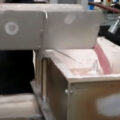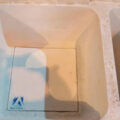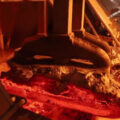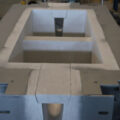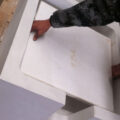Before further processing (casting into ingots or castings), the aluminum melt is melted and then almost always requires filtering. The filtering method depends on the casting technique used or the processing method of the aluminum melt. It is generally believed that it is possible and beneficial only when a sufficiently large amount of metal is used.
Since the specific gravity of the inclusions is different from that of the molten aluminum, they remain static, so that the inclusions float in the molten aluminum or settle to the bottom of the molten aluminum. Therefore, it is possible to separate the inclusions from the molten Al. However, the separation efficiency is extremely poor. This is because the difference in specific gravity between each inclusion and molten Al is not satisfactory, and the wettability between them is quite large. Therefore, there is a problem that even if it takes a long time to complete the method, a large number of inclusions still remain in the molten Al.

According to the reactive gas method, an inert gas or halogen gas is introduced into molten Al to generate bubbles. The inclusions are attached to the bubbles and float together in the molten aluminum to separate the inclusions from the molten aluminum. This method is particularly advantageous for removing gases such as hydrogen. However, the rising bubbles violently wave the surface of the molten Al, thereby stirring the molten Al. This causes another problem that the aluminum oxide film formed on the surface of the molten aluminum is likely to be mixed back into the molten aluminum, resulting in an increase in the number of aluminum oxide inclusions.
Among aluminum castings, ceramic foam filters are the most commonly used for aluminum melt filtering. Usually, they are square plates with a side length of 178 x 660 and a thickness of 50 mm. They are made by introducing porous polymer foam into liquid ceramic slurry. The ceramic coated foam is then dried and fired to remove the polymer binder. The result is a ceramic replica of the original organic foam structure. The ceramic foam filter can be used in large industrial and small foundries, including filtering metal during the casting of each casting.



